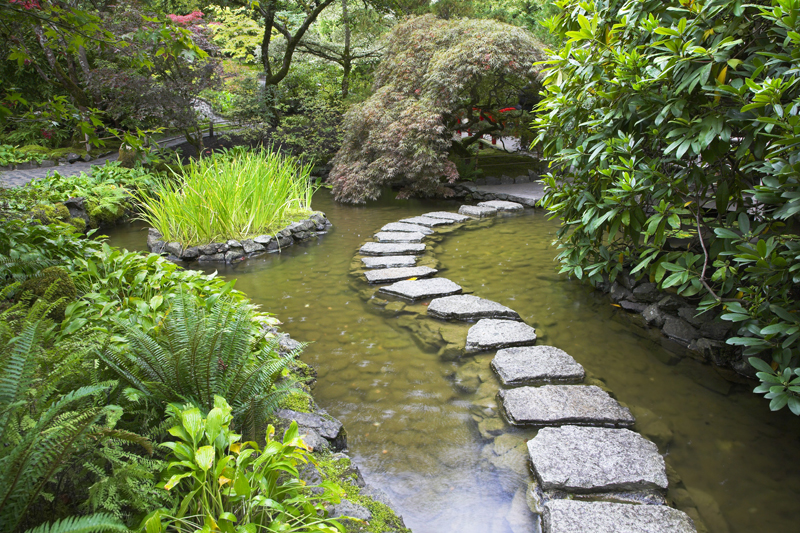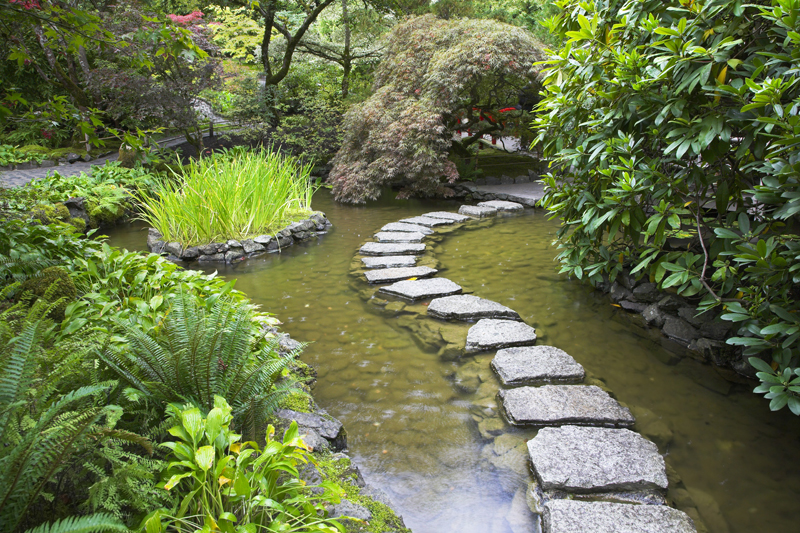Bloodtwig Dogwood

Blood twig dogwood is a great shrub for the landscape. This species does especially well in the Middle South and Lower South. It is best suited to zones 5 through 7.
This shrubby dogwood is both a useful and versatile plant. In the past, the colorful fruits have been the source of a special oil that was used for lamps and soap making. In addition, the colorful twigs have been used for basket making.
This plant is named for the blood red to purple-red twigs. Blood twig dogwood is sometimes called red twig dogwood. It is very popular because of its vivid color. The twigs are slender.
The plant is an heirloom, and has been in cultivation for over two hundred years. This is native to Europe where it can be found in thickets, hedges, and old grasslands
The multi-stemmed, erect plant can reach 12 feet or so in height and is up to 8 feet wide. The branches are typically deep blood red or purple, or sometimes plum-red. The one thing gardeners can do to help the lovely twig color develop fully is to give the plant a good pruning once a year after it quits blooming.
During late spring, the whitish to whitish-green blossoms begin appearing in May and continue into June. They open at the same time that the foliage emerges. These form flat topped flower clusters that are two inches wide and three inches long.
The deep green leave are ovate to broadly elliptic, up to three inches in length. The foliage can be narrow or somewhat rounded at the base.
In the fall, the leaves turn purple to blood red and retain their color for an extended period. The underside of the leaves is a lighter color than the top surface.
Gardeners can rely on this plant to bring seasonal color not only from the flowers and the fall foliage but also from the brightly colored twigs. There is also the color from the fruits, which typically ripen to black.
Growing Blood Twig Dogwood
Blood twig dogwoods are readily available. A number of on-line nurseries sell this plant. This shrub is easy to grow and normally experiences few insect or pest problems. It can fill a number of roles in the landscape. This is a great choice for mixed borders.
This shrubby dogwood is both a useful and versatile plant. In the past, the colorful fruits have been the source of a special oil that was used for lamps and soap making. In addition, the colorful twigs have been used for basket making.
This plant is named for the blood red to purple-red twigs. Blood twig dogwood is sometimes called red twig dogwood. It is very popular because of its vivid color. The twigs are slender.
The plant is an heirloom, and has been in cultivation for over two hundred years. This is native to Europe where it can be found in thickets, hedges, and old grasslands
The multi-stemmed, erect plant can reach 12 feet or so in height and is up to 8 feet wide. The branches are typically deep blood red or purple, or sometimes plum-red. The one thing gardeners can do to help the lovely twig color develop fully is to give the plant a good pruning once a year after it quits blooming.
During late spring, the whitish to whitish-green blossoms begin appearing in May and continue into June. They open at the same time that the foliage emerges. These form flat topped flower clusters that are two inches wide and three inches long.
The deep green leave are ovate to broadly elliptic, up to three inches in length. The foliage can be narrow or somewhat rounded at the base.
In the fall, the leaves turn purple to blood red and retain their color for an extended period. The underside of the leaves is a lighter color than the top surface.
Gardeners can rely on this plant to bring seasonal color not only from the flowers and the fall foliage but also from the brightly colored twigs. There is also the color from the fruits, which typically ripen to black.
Growing Blood Twig Dogwood
Blood twig dogwoods are readily available. A number of on-line nurseries sell this plant. This shrub is easy to grow and normally experiences few insect or pest problems. It can fill a number of roles in the landscape. This is a great choice for mixed borders.

Related Articles
Editor's Picks Articles
Top Ten Articles
Previous Features
Site Map
Content copyright © 2023 by Connie Krochmal. All rights reserved.
This content was written by Connie Krochmal. If you wish to use this content in any manner, you need written permission. Contact Connie Krochmal for details.



